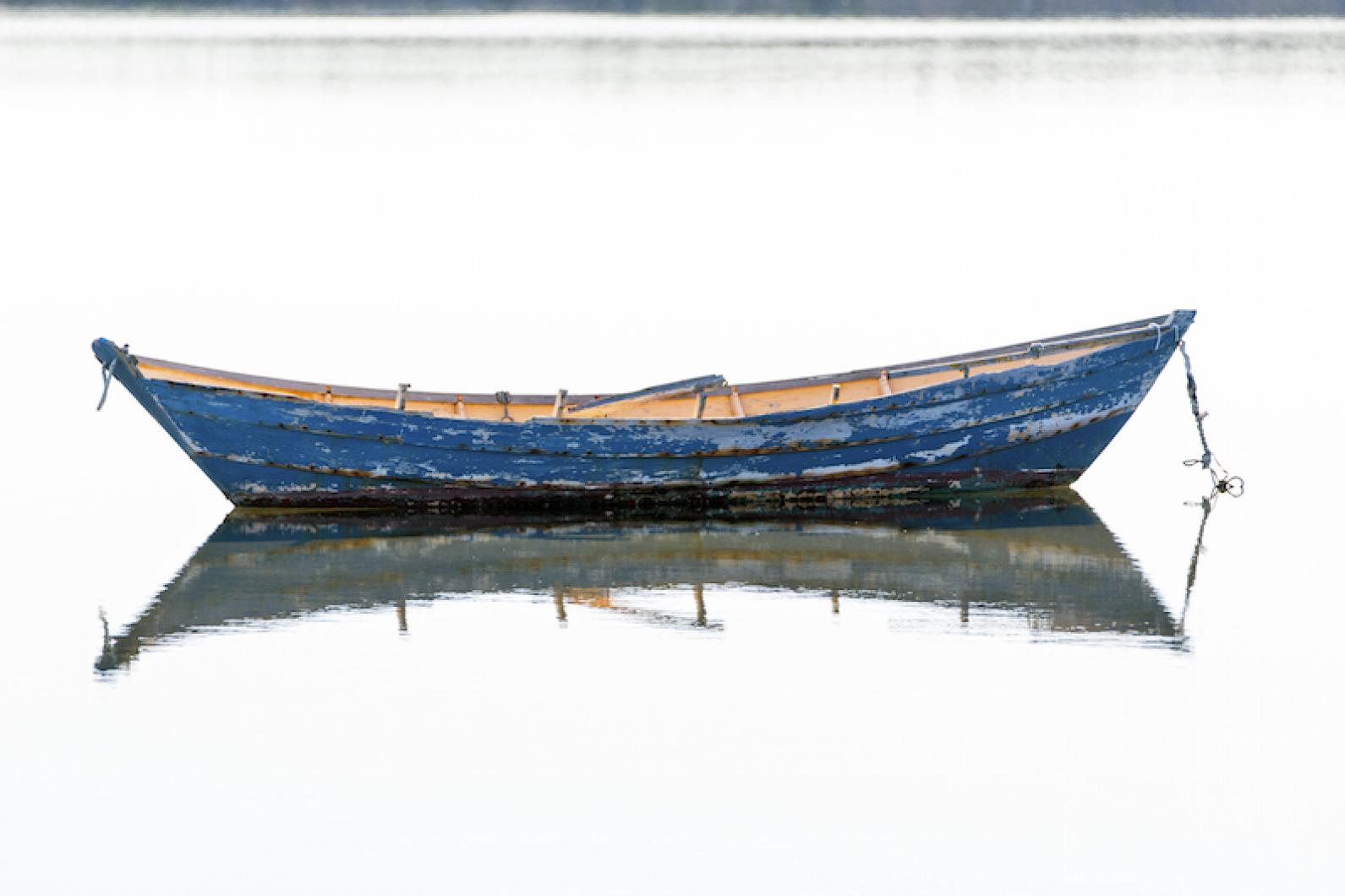Scientists at the University of Massachusetts are looking toward the future of the Massachusetts Estuaries Project, a major study of saltwater ponds and embayments in Southeastern Massachusetts that has been under way for the past 14 years.
The study, which began in 2002 as a partnership between the University of Massachusetts at Dartmouth and the state Department of Environmental Protection, is expected to wind down over the next two years.
Estuaries project technical director Brian Howes and senior scientist Roland Samimy met last week with the Water Alliance, an Islandwide advocacy group, to discuss plans to help communities comply with the Clean Water Act and restore impaired saltwater estuaries.
Mr. Howes said funding from the DEP will end this year. Looking ahead, he expected the project to shift from monitoring to possible solutions. The partnership between the DEP and MEP will likely change as well, with the university playing more of a lead role as it continues working with towns and agencies, Mr. Howes said.
Nearly every coastal pond in the region is suffering from an overload of nitrogen, primarily from individual onsite septic systems, but also from fertilizers, road runoff and other sources. Too much nitrogen leads to algal blooms that deprive pond organisms of light and oxygen.

The Island’s 24 major estuaries are in better shape than those on the Cape, but most are impaired to some degree. Since 2002, the MEP has issued reports for about 70 estuaries, including eight on the Vineyard (four others are underway or in planning).
The project has focused on developing nitrogen thresholds, which provide a basis for towns to seek permits and develop wastewater management plans. In the next phase, Mr. Howes said the MEP will help define strategies to meet nitrogen reduction goals and monitor results.
“We are recognized as being able to determine when those targets are hit,” he said. “That’s a big question regionally.”
Mr. Samimy said many of the tools that were developed under the MEP will be the same ones moving forward. “Everything that we do in the future is seamlessly connected to everything that we did in the past under the MEP,” he said.
“Phase two is all about the actual restoration,” Mr. Howes said. “Not about telling you how to do it, but getting down to the toolbox and building that toolbox to do the restorations. And that’s what we want to be doing for the next 10 or 15 years.”
He said the project aims to continuously adapt, eventually helping towns evaluate their management techniques.
Island towns will define their own strategies and funding sources, but the MEP can provide key data. Already the project has run scenarios for Lagoon Pond, Sengekontacket Pond and Farm Pond to help frame solutions to nitrogen overload.
A project to add culverts and increase circulation at Farm Pond won the support of Oak Bluffs voters last year and now is in the design and permitting stage. Mr. Howes said the culverts alone will achieve the nitrogen reduction goal for the small pond tucked off a north-facing stretch of Beach Road in Harthaven.
Strategies for the Lagoon and Sengekontacket will be more complicated.
Touching on a sore subject that has at times clouded the work of the MEP, Mr. Howes dismissed the idea that the project only advocates for sewering. “We’ve been working on alternatives from the beginning,” he said.
Water Alliance members who attended the meeting were generally receptive, but some wondered why the reports have taken so long to complete.The Lagoon Pond study began in the early 2000s but the report was not issued until 2010. The Lake Tashmoo study began in 2003; a report was finally issued last winter.
Mr. Howes said the structure of the project has been complicated, with each study involving a number of stakeholders and funding agencies. “If one person turns off the tap for that one source, then the whole thing grinds to a halt,” he said. The MEP also required several years of baseline data and with some ponds there were no monitoring programs already in place.
Martha’s Vineyard Commission executive director Adam Turner, who attended the meeting, offered strong support for the continued efforts. But he too puzzled over the slow pace of the project. Mr. Howes said the DEP was somewhat mired in a past era, when the federal government had a stronger hand in local funding. But he also saw a generational shift in store that he believed would create a more bottom-up approach.
Mr. Turner pointed to the efforts of the commonwealth in the 1980s to promote high-tech industry and wondered why nitrogen mitigation hasn’t gotten more attention.
But Mr. Samimy said Massachusetts is way ahead of Florida, for example, where nitrogen management for estuaries is just beginning to take root.
As for the Vineyard, Mr. Turner called the restoration of coastal ponds a priority. “We are looking at becoming known for restoring the Island,” he said. “Improving the environment . . . helps our economy and everything else.”
Mr. Howes agreed, but also stressed the importance of a partnership with the MEP.
“You are not going to win without data,” he said.




Comments (4)
Comments
Comment policy »